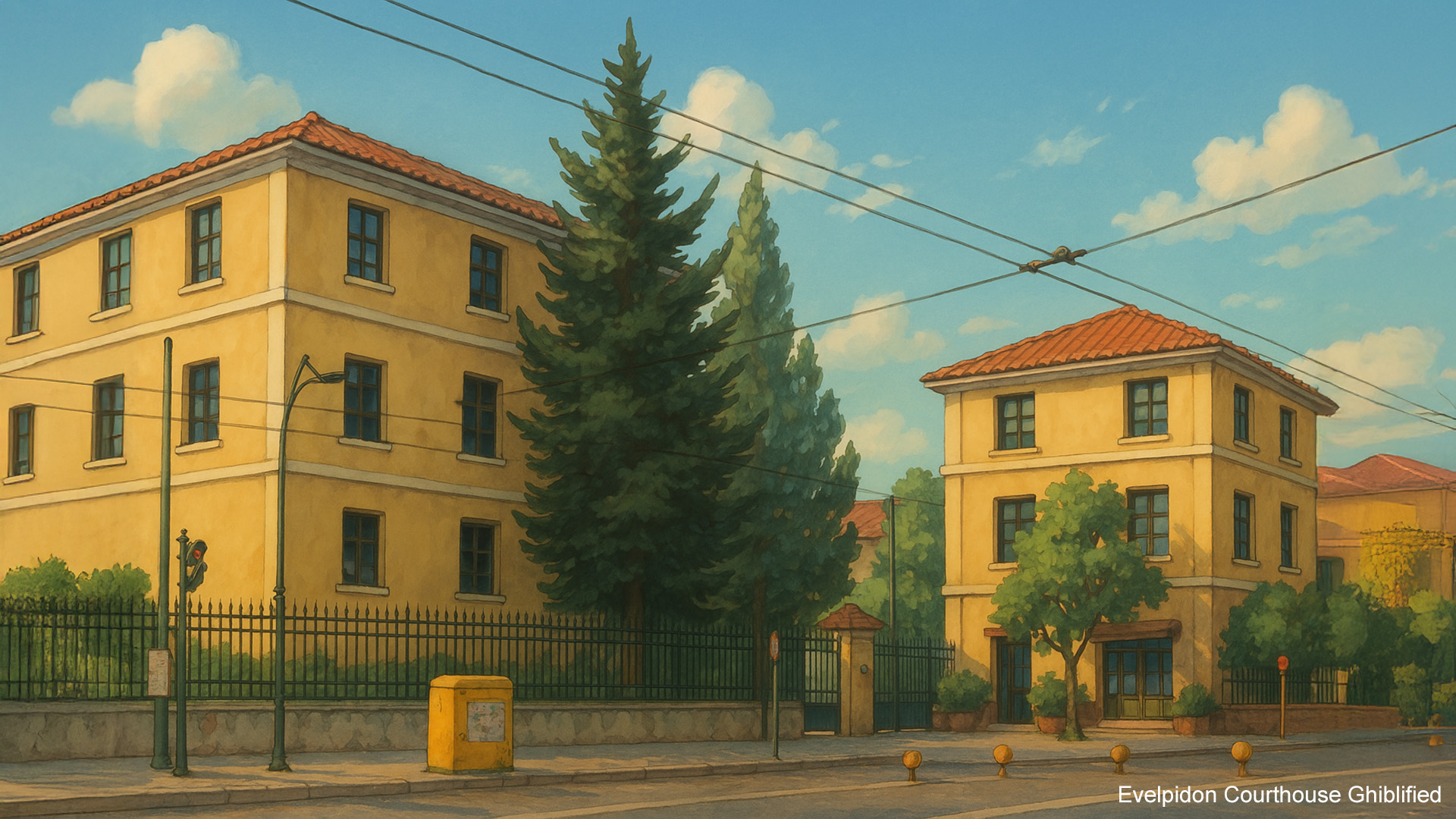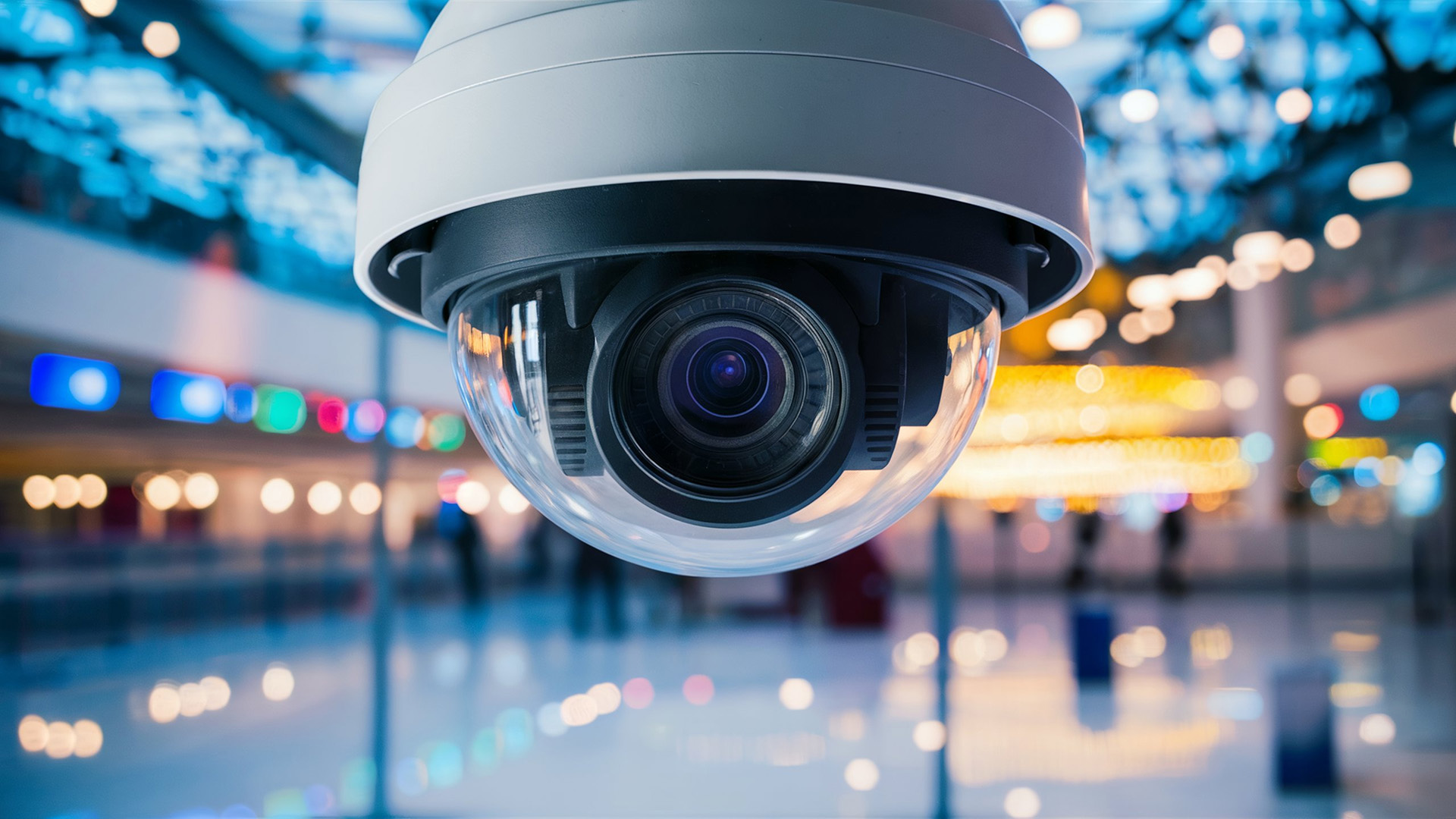Hey, please convert IP infringement into Ghibli style:
AI, Art, and the Questions We’re Not Asking
1. Introduction: The Ghibli aesthetic in the age of AI
Studio Ghibli, the legendary Japanese animation studio behind masterpieces like Spirited Away and My Neighbor Totoro, is known for its dreamy visuals, emotional depth, and distinctive hand-drawn style. Recently, social media platforms have been flooded with AI-generated images that mimic this iconic aesthetic—often tagged as “Ghibli-style” even though they’re not created by the studio itself. Tools like ChatGPT and others can now produce such images on demand. The effect is striking. But so is the controversy.
2. User-generated AI art: Just for fun, or a legal minefield?
Many people use AI tools to create these images for personal enjoyment—a kind of modern fan art. But what happens when these images are sold as prints, used in advertising, or claimed as original creations? The line between homage and appropriation becomes blurry. Is it legal? Even if it is legal, is it ethical? The copyright implications vary by country, and the distinction between personal and commercial use is more important than ever.
3. Training the algorithm: Is there a copyright issue at the core?
The conversation doesn't end with how the images are used. It also includes how the algorithm was trained. Many large models have been trained on datasets scraped from the internet, which often include copyrighted works without explicit permission. If the AI “learns” by studying Ghibli’s art, is that a permitted use or a form of infringement? The legal landscape is evolving—and largely undefined.
4. Can you copyright a style?
One of the thorniest questions is whether a visual style can be protected. Copyright law typically defends specific expressions, not general aesthetics or (stylistic) concepts. That means while Totoro is protected, “Ghibli-esque” trees, skies, or eyes might not be. But should they be? And if not, what does that mean for artists whose unique voice becomes a template for others, including machines? Equally important though is the question, where can we draw the line. If any kind of artistic style is protected by IP legislation, it appears burdensome for novel artists and new technologies. As in academia, artists too stand on the shoulders of giants, and sometimes their process includes imitating art created by other artists.
5. Conclusion
These aren’t just legal questions: they are creative and cultural ones. What does it mean to create in the age of generative AI? Where’s the boundary between inspiration and imitation? In such cases, should we talk less about the law and focus more on ethics and social norms?
Studio Ghibli’s magic comes not just from its look, but from its human heart. As we move forward, maybe that’s something worth preserving, not just in pixels, but in principle.




